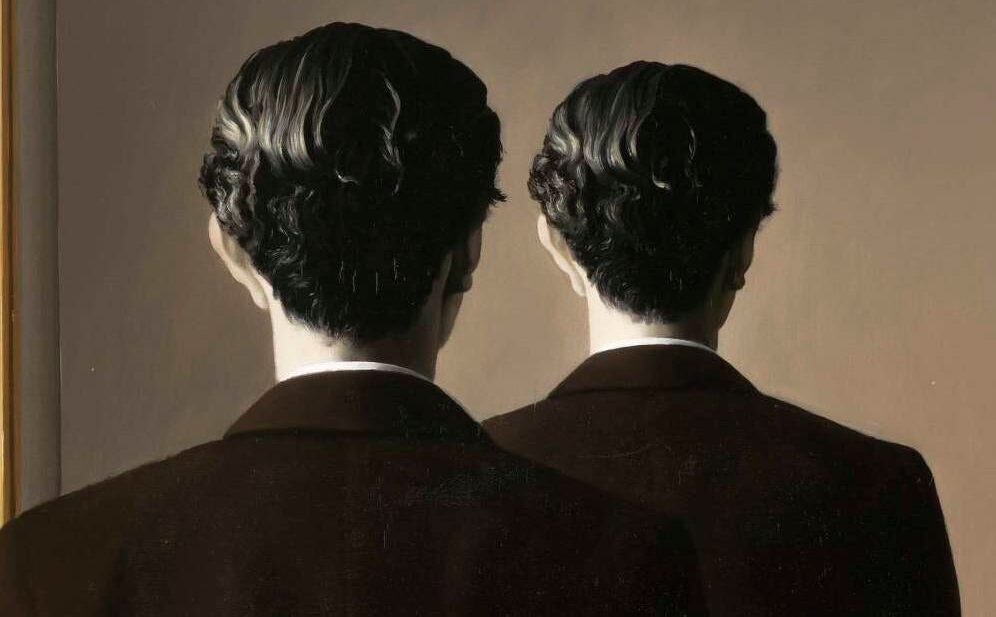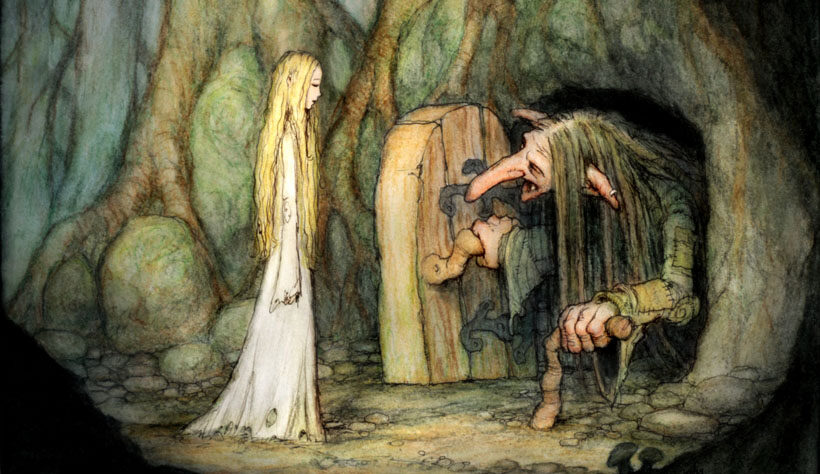By Dimitra Gatzelaki,
Anyone who has had any sort of contact with the English-speaking world has undoubtedly heard the word “uncanny” written or spoken at some point. The term has been around for centuries (in fact, since the 16th century) and has stuck around so firmly that it’s practically ingrained even in contemporary talk. Moreover, it’s one of those terms that migrate across domains – it can be seen in folklore, mythology and literature, all the way to psychology and even modern technology. Often, it eludes definition, treading into the domain of subjectivity. Yet, if we had to broadly describe it, we’d say that it’s characterised by this peculiar sense of dread and horror it arouses in the individual when he stumbles upon something that feels familiar and unfamiliar at the same time (which is again subjective). Ultimately, the uncanny leaves one’s mind grappling with itself, at a loss for how to interpret things.
One experience we have all undergone at some point in our lives, and which figures as one of the more common (and mild) instances of the uncanny, is déjà vu. Like a sudden chill, déjà vu surfaces when you least expect it and makes things feel familiar in an odd way, like a glitch in perception. Its familiarity, however, is eerie, unsettling, and almost unfamiliar. It drags us into uncanny territory.

Indeed, this example illustrates that the uncanny surrounds us, even in modern times. As we become more disconnected from both society and ourselves, a dormant sense of uncanniness takes root in us. Everyday things like objects, institutions and experiences start to shift—subtly at first, until they lose their familiarity and become uncanny. True enough, the uncanny can be seen as a phenomenon accompanying any change, big or small, or our encounters with the unknown. Its influence on us, thus, becomes ever-present. Given, then, the uncanny’s pervasive nature, it’s worth examining the concept’s origins historically. Where can its roots be found?
Well, like many other things, within the realm of literature. If we delve into the entry of “uncanny” in the Oxford English Dictionary, we discover that its earliest known use dates from 1596, in The Historie of Scotland. There, James Dalrymple uses the word to refer to someone malicious, who causes harm. Notably, this first definition is very far from our present, contemporary idea of the uncanny.
However, almost two centuries later, in 1773, poet Robert Fergusson introduces the notion of an “uncanny wight”, or an “uncanny person”. He elaborates on the designation by writing, “for this some ca’d him an uncanny wight; the clash gaed round, ‘he had the second sight’” (Poems 96). Evidently, he talks about someone uncanny, who people deem so because he has “the second sight” (a supernatural ability). In this case, the previous definition of the uncanny changes, treading a little closer to what we’re used to. OED designates this particular usage of the word uncanny as “[someone] not quite safe to trust to, or have dealings with, as being associated with supernatural arts or powers”. Certainly, this characterization marks a step forward in our understanding, as the supernatural part of this definition can be linked to our own notion of unfamiliarity. There’s no way for us to know the inner workings of something supernatural, so our next logical step is to associate it with the unfamiliar.

Around 1850, the concept of the uncanny is further refined. In his 1843 novel The Last of the Barons, E. Bulwer-Lytton writes, “if men, gentlemen born, will read uncanny books, (…) why they must reap what they sow.” This usage, as OED delineates it, pertains to something “partaking of a supernatural character; mysterious, weird, uncomfortably strange or unfamiliar.” This definition resonates much more closely to our contemporary idea of the uncanny; yet there’s still a literary, folkloric essence to it. It suggests a potential origin of the uncanny within the realms of literature and folklore. Indeed, the inexplicable, strange elements often found in ancient folk tales -be it haunted houses, curses, mystical beings like shape-shifters or goblins, doppelgängers and time loops- instigate a deep sense of eerie unfamiliarity, invoking the uncanny. Notably, the works of Washington Irving or E.T.A. Hoffman conjure most of these elements.
The concept of the uncanny, however, transcends the bounds of literature and folklore, expanding its influence into psychology during the 20th century, when it was subjected to scientific examination. Later on, technology enters the picture to produce some of the most unsettling and uncanny forms to date.
Reference
- Uncanny. oed.com. Available here




